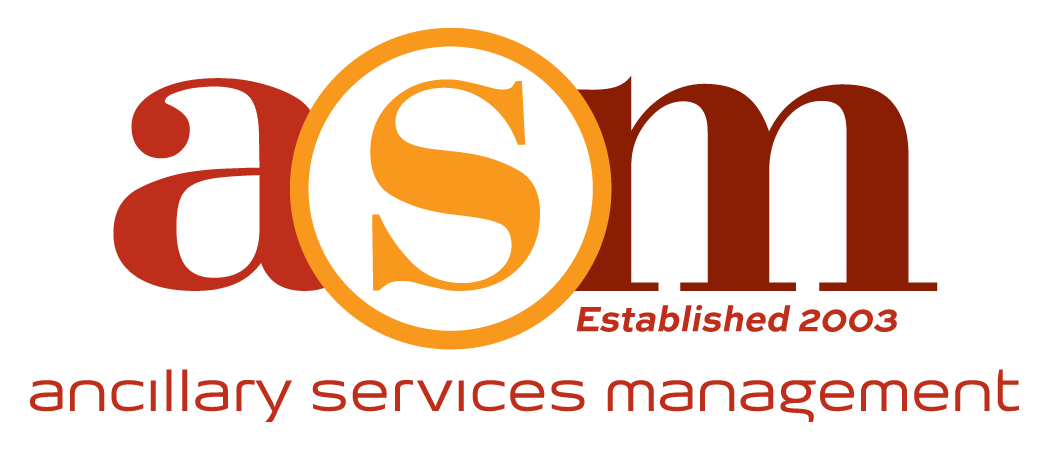As the Electric Vehicle (EV) market in multifamily charges up (yes, I am trying to be funny), there are a lot of articles about why you should install and what to consider. However, none of the articles I am reading seem to look into the future to answer “What happens when your 250 unit property has 100+ Electric Vehicles?”
To go along with that question, here are several other questions or comments that may help you create a strategy to address this fast-approaching reality.
Infrastructure related questions and comments:
Can your community continue to easily add additional charger infrastructure (circuits, conduit, charging stand platforms, etc.) when needed or does each charger require tearing up landscaping, pavement, walkways, etc.?
If each time you add additional charging stations, you need to tear up some portion of the property, it may make more sense to go through the hassle of installing, at a minimum, the conduit pathways once. This way the property and residents are only inconvenienced once and you can pull the power lines and install the chargers at a later date.
Where are you placing these charges – one by each building (in garden communities) or in a dedicated location on the property or parking area/structure?
Will you have separate charging stations for potential residents and guests to use?
Will they be located in the same area or in a different location?
How easy is it to bring in a power line/new meter to handle the electrical capacity for charging all these new EV’s?
If you bring in this additional capacity – you may want it on a separate meter(s) dedicated for EV chargers. This will help you keep track of any cost associated with this amenity.
In new development projects – Are you including this extra capacity in your new development?
Are you creating a separate meter(s) just for EV chargers? This will help you keep track of any cost associated with this amenity.
NOTE: Make sure the company you are working with uses “Open source” software and equipment. That way if the company you select turns out to be not so great, you can easily switch providers.
Set-up related questions and comments:
Will each or selected residents have a dedicated charger and a dedicated parking space or will they continue to “share a charger”?
If you believe that multiple residents/Electric Vehicles will share a charger at your community, then what is an ideal mix of chargers to EV’s?
If you have a lot of Plug Hybrid Electric Vehicles (“PHEV”), they don’t take as long to charge, but their owners will want to charge after every use as they get limited electric miles (average 20 – 30 miles per charge right now).
If a majority of the residents have an EV with a 200 + mile range, then they may need to charge up every few days or once a week.
If sharing a charger – how do you plan to manage the use of the charger? Is there a reservation system or first come, first serve?
Will guests and potential residents have access to the resident chargers – or will you have separate charges for potential residents and guests to use (with separate billing system)?
NOTE: Depending on your community, a combination of dedicated, sharing and even guest charges may be appropriate…just make sure the infrastructure is in place.
Billing related questions and comments:
In a charger sharing program, how do you plan on handling residents whose EV is charged but they are not moving their vehicle?
Right now, you may just be offering the EV charger as “free” or at a very low fee amenity, but at some point in the near future, the electricity alone will become a huge expense, not to mention the cost to install all these additional chargers ….so what is your plan on recouping this expense? Will it be a monthly fee, a fee based on time or power drawn or a combination of these?
Do you plan on making this a source of ancillary revenue?
Are you planning on handling the billing of this amenity in house (as an additional line item on their rent statement) or having a 3rd party handle all the billing aspects?
NOTE: However you recoup your cost or make additional revenue, make sure you don’t violate any regulations regarding charging for power (as you don’t want to become an energy company).
I hope this blog got you thinking more about the long term needs related to providing and paying for EV charges….and I am sure there are 1,000 more questions to be asked.
Join the EV conversation on Multifamily Insiders for more questions, comments and experiences.

Conversely, if you cater to low income residents that may not be able to afford EV cars, yet you provide charger(s), and the billing system, who pays for the cost of the billing system? You would be amortizing it potentially over 0 to X number of cars. If 0, the management company is paying hundred(s) monthly for the billing system whereas it would be cheaper to pay for the one persons gas than the system and cost of the charging station. This issue is a challenge as the author illuminates. When designing new projects, how much capacity to you provide in your switchgear to handle the future and has your utility also added that surplus in their transformer designs. It’s a real issue, very difficult to build for the future. Running conduit from the parking spaces to the electrical room makes sense, but expensive. And then, what is charging technology is completely revamped over the next ten years? Maybe you merely drive trough something like a car wash and you come out the other side charged? What is on demand vehicles become available at the same rate as conversion to electric vehicles? Then there’d be little need for parking and charging !